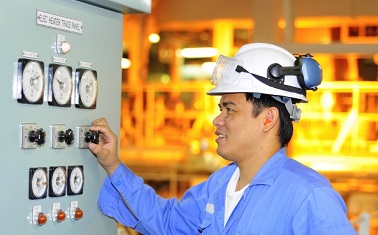 While California never quite got a winter, we can still acknowledge that spring – with the sun shining and flowers blooming – is here. From where I sit in Sacramento, spring means allergy season, getting out and enjoying the blue skies, a last bit of cool air before a brutal summer, and oh yes, the legislature heating up on important questions of California’s energy future.
While California never quite got a winter, we can still acknowledge that spring – with the sun shining and flowers blooming – is here. From where I sit in Sacramento, spring means allergy season, getting out and enjoying the blue skies, a last bit of cool air before a brutal summer, and oh yes, the legislature heating up on important questions of California’s energy future.
This year, all eyes are on the question of how to meet the bold challenges laid out by Governor Brown in his January inauguration speech, which set goals for: 50 percent of electricity to come from renewable energy, a 50 percent improvement in the energy efficiency of existing buildings, and a 50 percent reduction in petroleum use, all by the year 2030.
To answer that challenge, the Senate has introduced Senate Bill 350 (De Leon) and the Assembly has introduced Assembly Bill 645 (Williams, Rendon), both aimed at increasing the existing Renewable Portfolio Standard (RPS) from 33 percent to 50 percent by 2030. And, both bills are feeling the love from a diverse array of supporters. The April 7th Senate committee hearing on SB 350 enjoyed a line of supporters (including Environmental Defense Fund) which spilled into the halls! AB 645 saw a comparable showing when it was in committee on April 20th. Both bills will be discussed for the second time in committees this week.
This strong support for clean energy should come as no surprise – robust renewable energy policies can support job growth, reduce pollution, and attract clean energy businesses to the state, which is why groups representing working people, the environment, and the transition to a clean energy economy showed up “en masse” to demonstrate support. At the same time, these groups are having conversations amongst each other and with the legislature about exactly what the transition to an electricity grid that runs on 50 percent clean resources will look like. Why? Because the details matter. Read More














